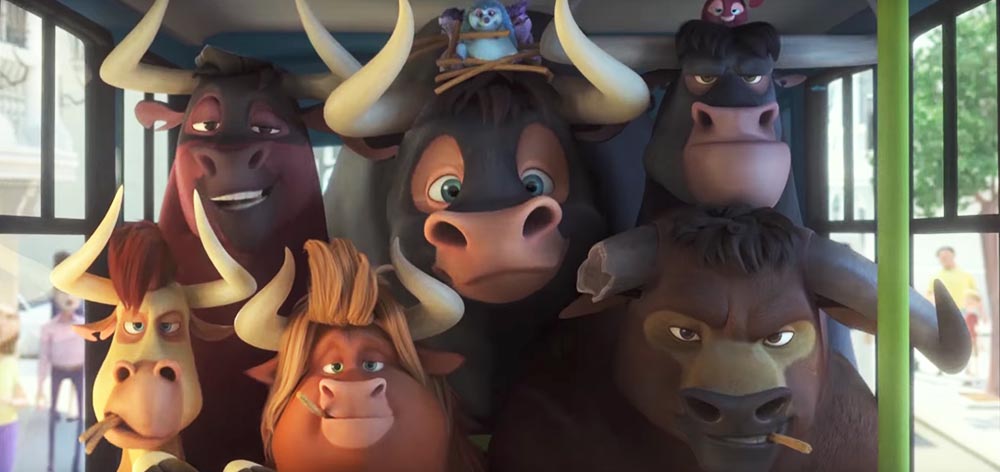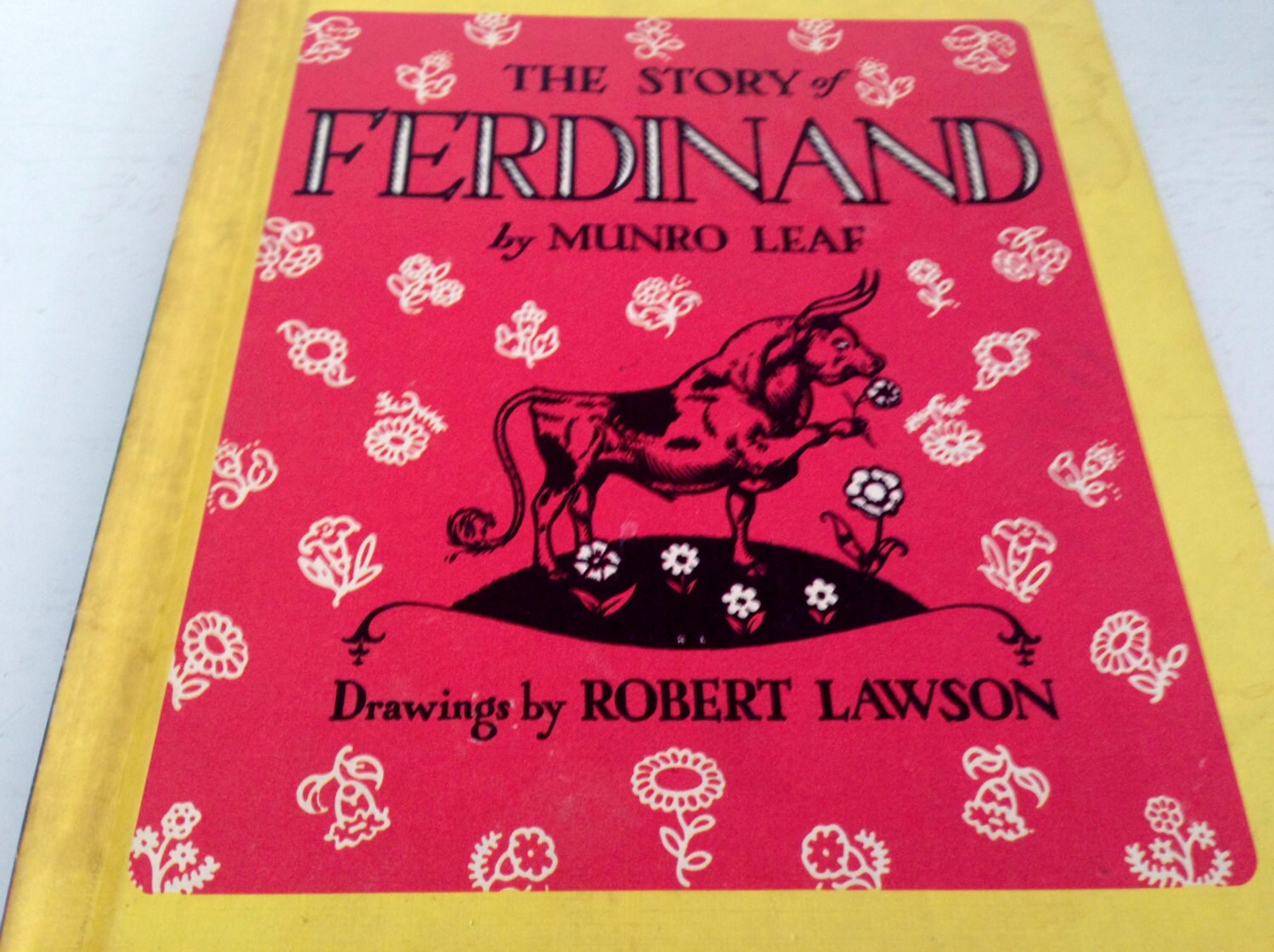

We have always survived history’s dark patches by making our own light and meeting brutality with beauty. As the young artist Franz Marc was painting his extraordinary hill-wide canvases across the French countryside in another army’s camouflage unit, Lawson was putting on plays and music shows for French children. Both Leaf and Lawson had seen the world come undone in its first global war. Like The Little Prince - a book published eight years later and inspired by its author’s wartime experience in the desert - The Story of Ferdinand has its roots in the lived experience of its creators. In a stark affirmation of Iris Murdoch’s timeless observation that “tyrants always fear art because tyrants want to mystify while art tends to clarify,” the book was deemed pacifist propaganda, banned in Franco’s Spain and burned in Hitler’s Germany. This latter aspect is what rendered the book so threatening to the dictators and militants of the day, who were already compacting the ashes of one World War into the foundation of another.

Like a great poem, it can be read many different ways and taken to mean many different things - a story about otherness that can speak to modern-termed styles of otherness like queerness and neurodivergence a story about the quiet power of nonconformity a story about the world-shifting power of personal example. It is a “children’s book” in the same way that The Little Prince is - a miniature work of philosophy, delivered with simplicity and warmth, radiating immense and eternal ideas about the meaning of human life.

Their collaborative creation went on to become one of the most beloved children’s books of all time - cherished by Eleanor Roosevelt and Gandhi, adapted by Disney into an Oscar-winning film, translated into sixty languages, continuously in print for nearly a century. Wilbur Monroe Leaf, better known as Munro Leaf (December 4, 1905–December 21, 1976), wrote the story in the first year of his thirties, on a yellow legal pad, in half an hour, as a creative prompt for his friend Robert Lawson (October 4, 1892–May 27, 1957) - he wanted to give the illustrator something to tickle his artistic imagination out of a lull. The day he is taken to the bull ring, he models for the violence-hungry crowd - as he would for millions of readers in the century since - a saner way of being in an insane world. His mother, at first worried about his bullness, recognizes her son’s difference and trusts that he would find his way.įerdinand grows up to remain entirely himself. In The Story of Ferdinand ( public library), a gentle-souled young misfit sits out the perpetual head-butting by which his peers hone their bull-skills, choosing instead to smell the flowers under his favorite cork tree in solitude.

Six weeks before my grandmother was born on the other side of the world, the Brooklyn Daily Eagle announced the publication of a book described only as “a children’s story of a bull,” sold for $1.


 0 kommentar(er)
0 kommentar(er)
